Foraging food and medicinal plants at temperatures below 30 degrees Fahrenheit may seem impossible, but you simply need some knowledge and know-how.
Watch The Video
Of course, winter foraging isn’t going to bring home the bounty that you find during the warmer seasons, but there is still a lot of beautiful goodness to be found, and I’m going to let you in on some of the available wild edibles across the states.
A Note on Gardening Zones and Location
Food can be found throughout the winter in some of the coldest regions of the United States: Alaska, Colorado, North Dakota, South Dakota, New York, New Hampshire, Idaho, and other states in zone 3.
A majority of the plants on this list are found everywhere and if they’re not, there’s likely a similar plant available. If the area you live in doesn’t get much colder than minus 30 degrees Fahrenheit, there’s a decent amount of wild foods to be found. Let’s take a look and see what you can find this time of year.
Winter Foraging: Wild Greens
Some greens are rather delicate and light, but that’s not what you’ll find during the winter months. Generally, winter greens are thicker and heartier than let’s say spinach. There are always exceptions to the rule, however. Chickweed, for instance, seems delicate — yet it flourishes during the winter months.
Chickweed

Chickweed (Stellaria media) is a creeping, cold-weather ground cover. Though many might perceive it as an annoying weed, it’s actually good for several things. It helps prevent other weeds from popping up, helps hold moisture in the soil, and can be foraged and harvested.
From spring to autumn, the leaves and starlight flowers make great additions to salads, and during the winter months, the stalks and leaves are a nice find. Too much can cause a belly ache which is why it’s usually an addition and not a stand-alone side. Enjoy them raw or cooked.
Watercress
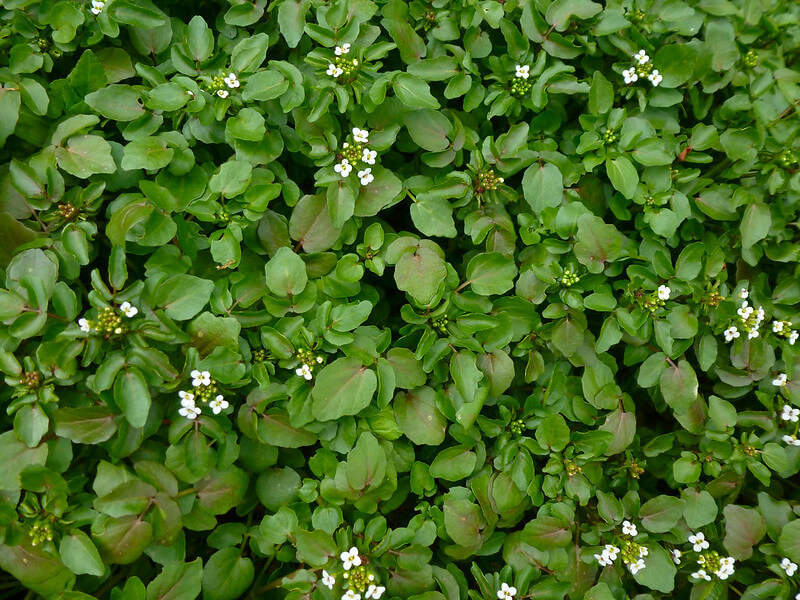
Watercress or yellowcress (Nasturtium officinale) was once considered to be a superfood and has been making a comeback as a culinary staple. This ancient, leafy green was once served as much more than a garnish.
Watercress has nutritional and medicinal properties. Its relation to mustard may become more obvious when it is eaten raw. It has a peppery flavor when raw but once cooked, the peppery spice diminishes and it tastes more like a leafy green. Add it to soups, stir fry, and salad.
Miner’s Lettuce
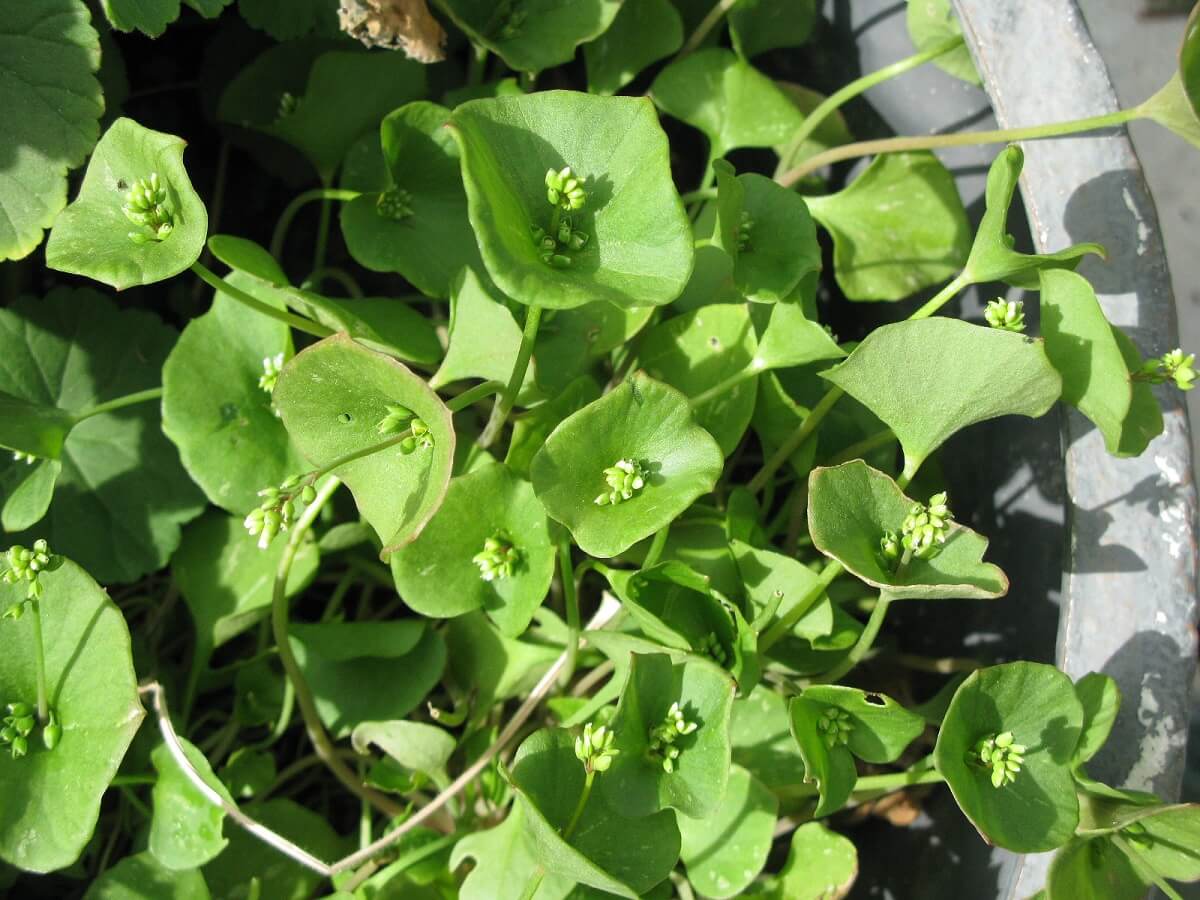
Miner’s lettuce (Claytonia perfoliata) has little heart-shaped leaves that grow all winter in slightly milder regions than zone 3. If I had to compare it to something, I would say the flavor is similar to spinach. It’s slightly tart, yet mild and sweet, and nice and crispy when eaten raw. When cooked, it loses crispiness and gets a bit slimy.
Shasta Daisy Greens
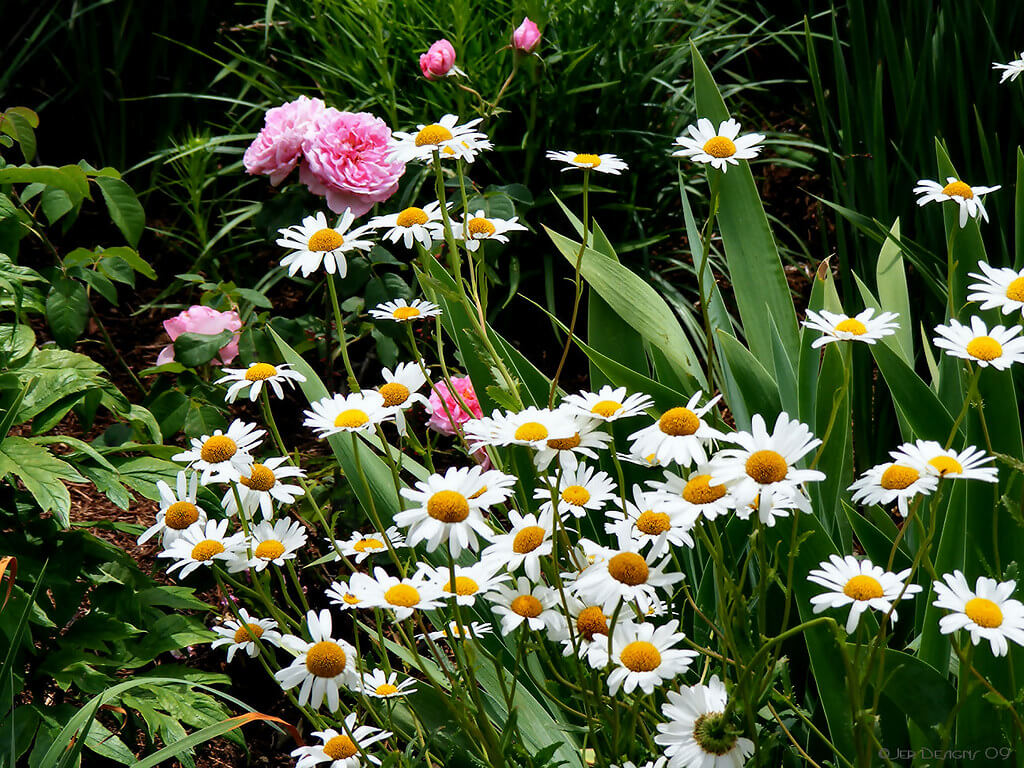
Shasta daisy (Leucanthemum × superbum) is a hybrid developed by Luther Burbanks. It’s an edible green during the winter that is strong and bold. You don’t need (nor will you likely want) a lot of it in one sitting. I’ve yet to try them, but I hear they’re delicious served warm, slightly wilted, and topped with chopped nuts.
Winter Foraging: Seeds and Nuts
Seeds and nuts are usually harvested during the autumn, but there are still plenty available during the cold seasons. But make sure to only take as much as you need — there’s bound to be some competition among yourself and the wildlife such as birds and squirrels for the winter bounty!
Black Walnuts
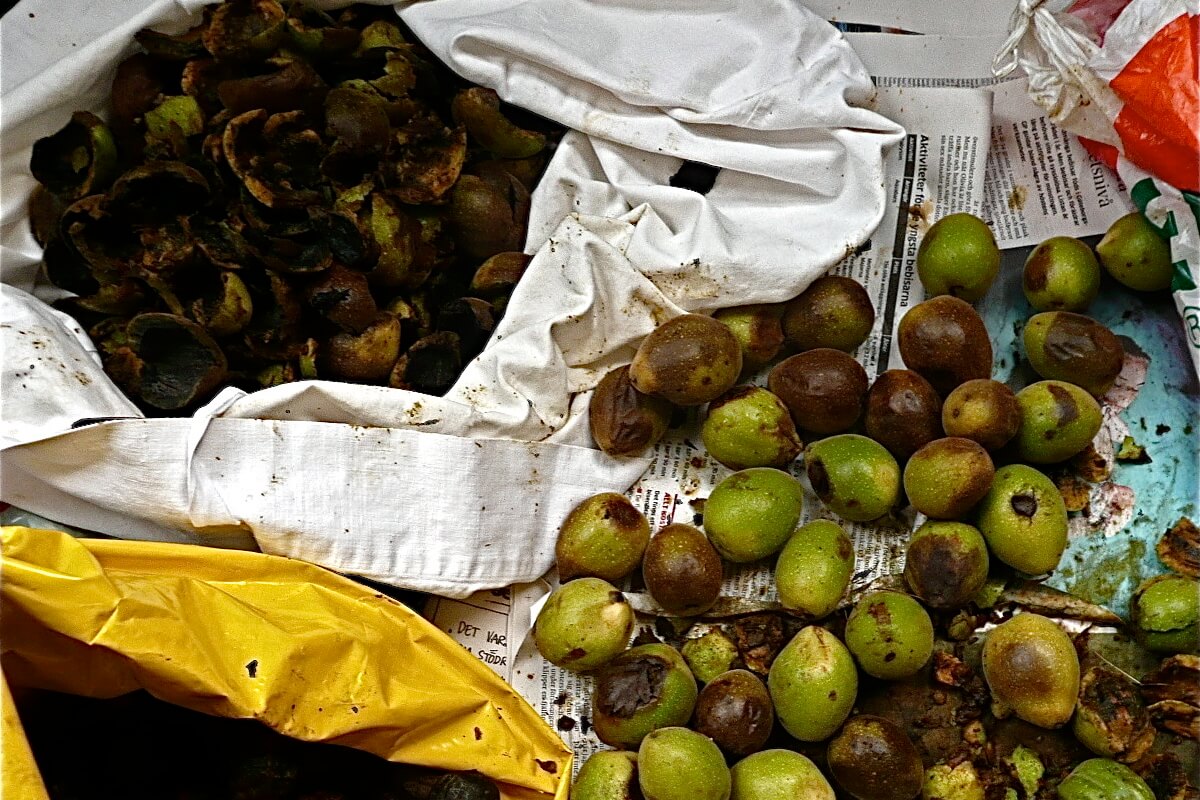
Black walnuts (Juglans nigra) grow all the way up in North Dakota and south to Georgia, Florida, and Texas. You can find loads of black walnuts covering the ground in some places.
Be prepared to get dirty because the husks turn from green to black (hence the name, black walnut) and make a fantastic stain or dye. The amount of time the walnut sits in the husk changes the bitterness so an older walnut will be a little more bitter than one harvested while the husk is still green.
Acorns
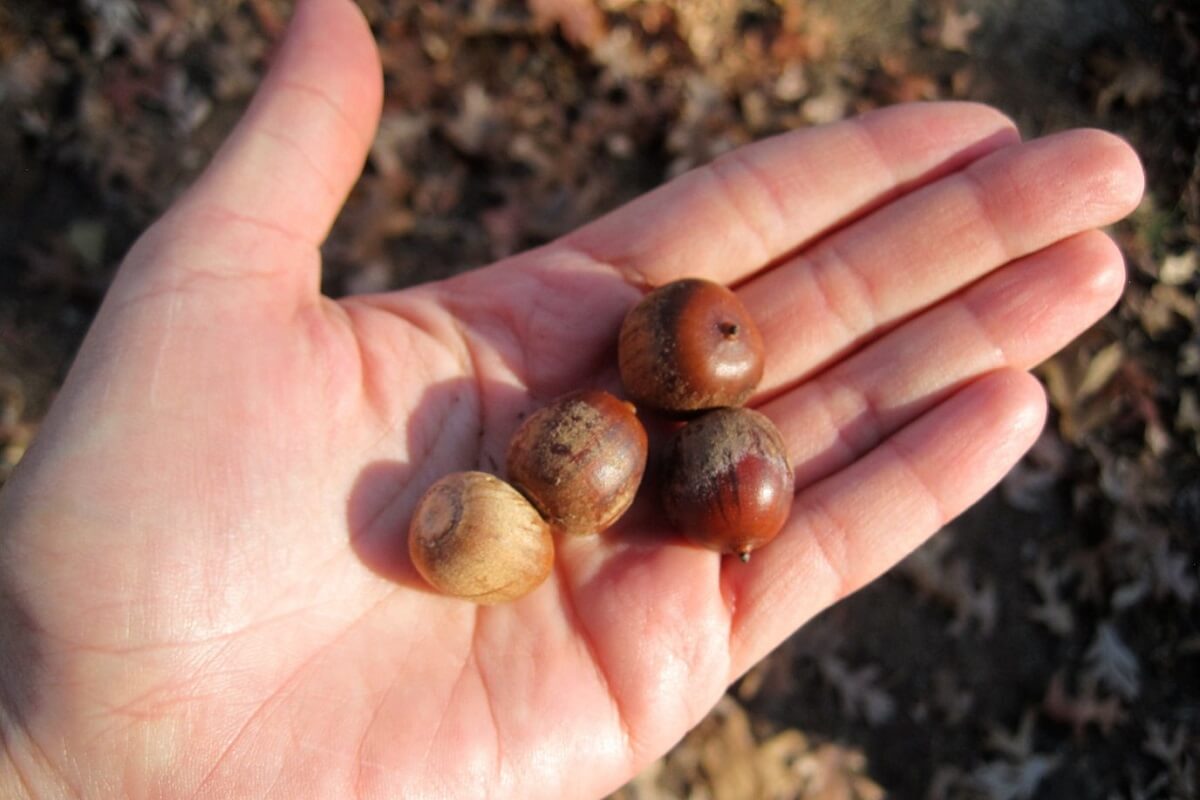
Oak nuts or acorns can be a tedious task in terms of processing and preparation. But with that said, they’re readily available to most people, given that oak nuts grow on the many varieties of oak trees growing all over the world.
Acorns contain tannins which need to be leached out in cold water before they are any good to eat. The leaching process must be repeated a few times depending on the variety, but it makes great flour.
Beechnuts
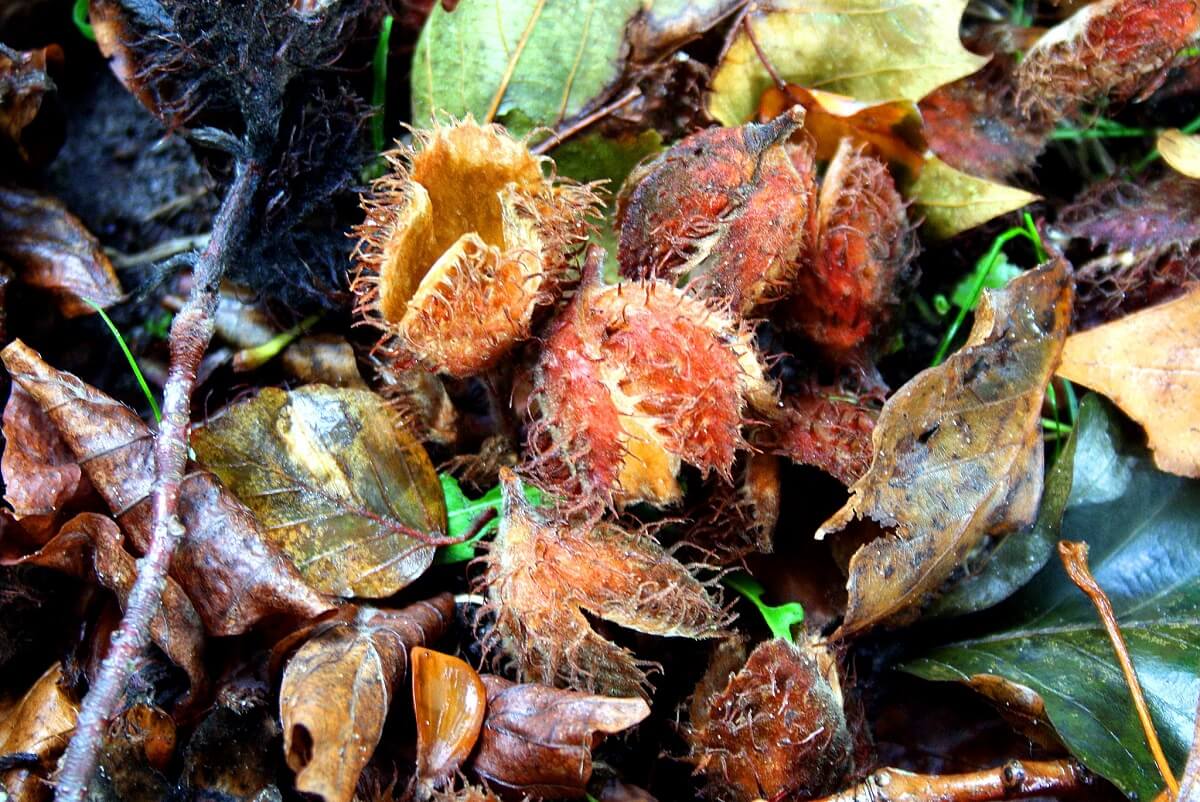
Beechnuts come from beech trees in the Fagaceae family, and there are a variety of species. The best time to forage these nuts is midwinter during a year when the snow fell early.
They’re rich in protein and fats — even more so than acorns. Beechnuts can also be harvested during the fall. It is best to roast and toast these nuts prior to eating, due to the saponins. A few raw nuts are fine but any more than that can cause an upset stomach. Roasted seeds and nuts are usually best in my opinion.
Pine Nuts
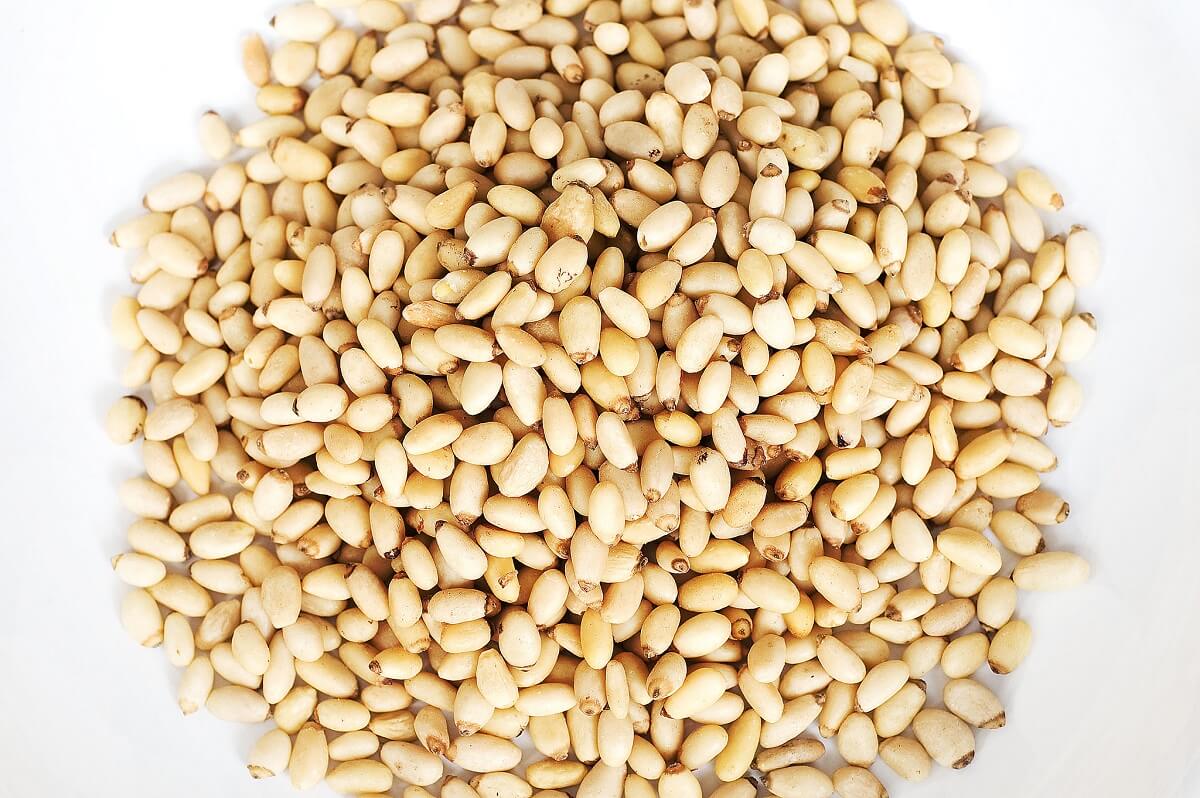
Pine nuts are the delicious little nutlets found inside pine cones. There are only 18 species that have a nut worth foraging, though, because the rest are so tiny. Making homemade pesto with fresh pine nuts is amazing, and they make a tasty little snack too. You can enjoy them fresh as is or toasted.
Maple Seeds
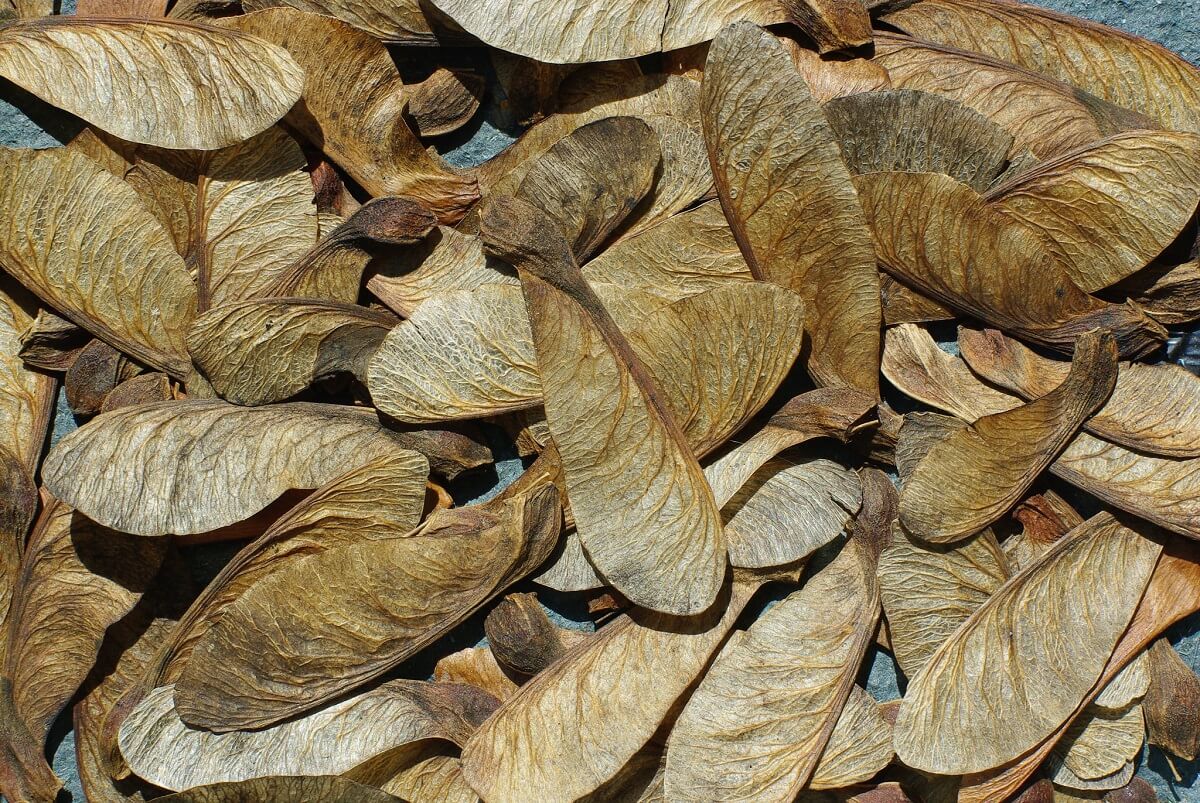
Maple seeds are those fun little whirly helicopter-like seed pods that spin as they float through the air. Surprisingly enough, I know a lot of people that didn’t know those were maple seeds! Anyway, peel away the outer husk and there are two small edible seeds. They are nowhere near as delicious as maple syrup but you can eat them regardless. I think they’re tastier during the spring when they’re fresh and crunchy but you can enjoy them all year.
Goosefoot
Goosefoot comes from lamb’s quarters (also known as wild spinach). All lamb’s quarters’ seeds are totally edible — some are just easier to forage and process than others. The tiny black seeds are produced during the autumn, hanging on rigid stalks until they fall off or are harvested. These seeds can be eaten by you and possibly some of your livestock.
Dock Seeds
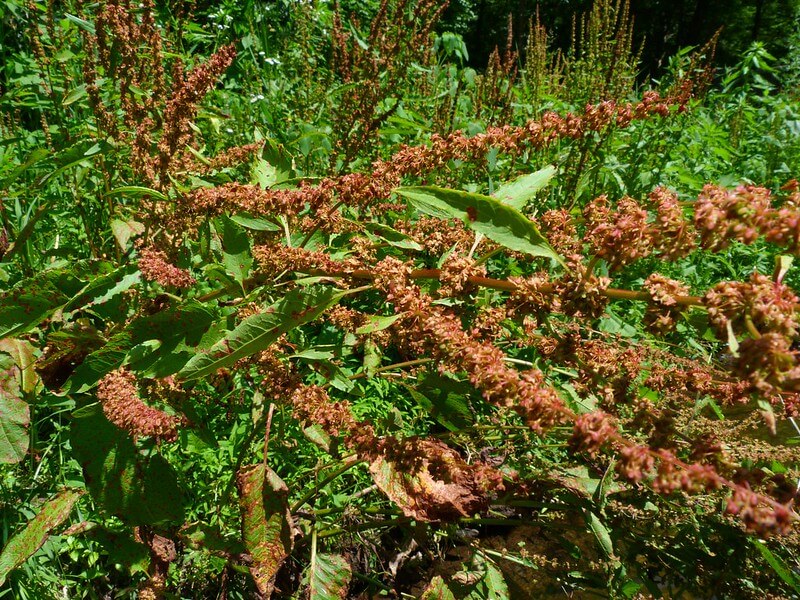
Dock seeds are related to buckwheat, and they’re used in a similar fashion. These seeds make tasty flour. All you need is a few minutes to make a quart of dock flour. The sturdy stalks stand strong even under the heavy snow making them easy to locate. Yellow dock is one of the several varieties that make for good winter foraging.
Winter Foraging: Fruits (Mostly Berries)
Winter berries, not to be confused with winterberries, are delicious little treats perfect for winter foraging. Some fruit is delicate and turns to compost once the frost comes, but winter hardy berries pull through. This will be a quick list.
Ghost Apples
Ghost apples are the apples left hanging on the trees after the final harvest. Some just like to be the last ones standing or should I say, hanging. Often what you find in the shell of an apple is only good for compost, but cold-hardy trees like the Newton Pippen stay strong and their ghost apples are full of surprise. A steady, 40-degree Fahrenheit temperature won’t phase those ghost apples.
Chokeberries
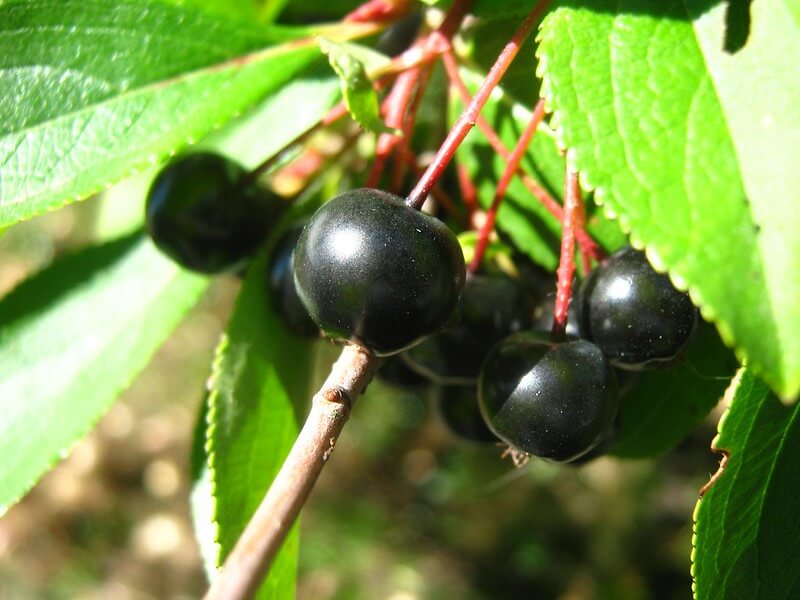
Chokeberries (Aronia melancorpa) are not to be confused with chokecherries. These little berries are often the last resort for birds because they’re pretty astringent. Once cooked down to jelly, the flavor profile opens up and it is a treat worth winter foraging.
Wild Cranberries
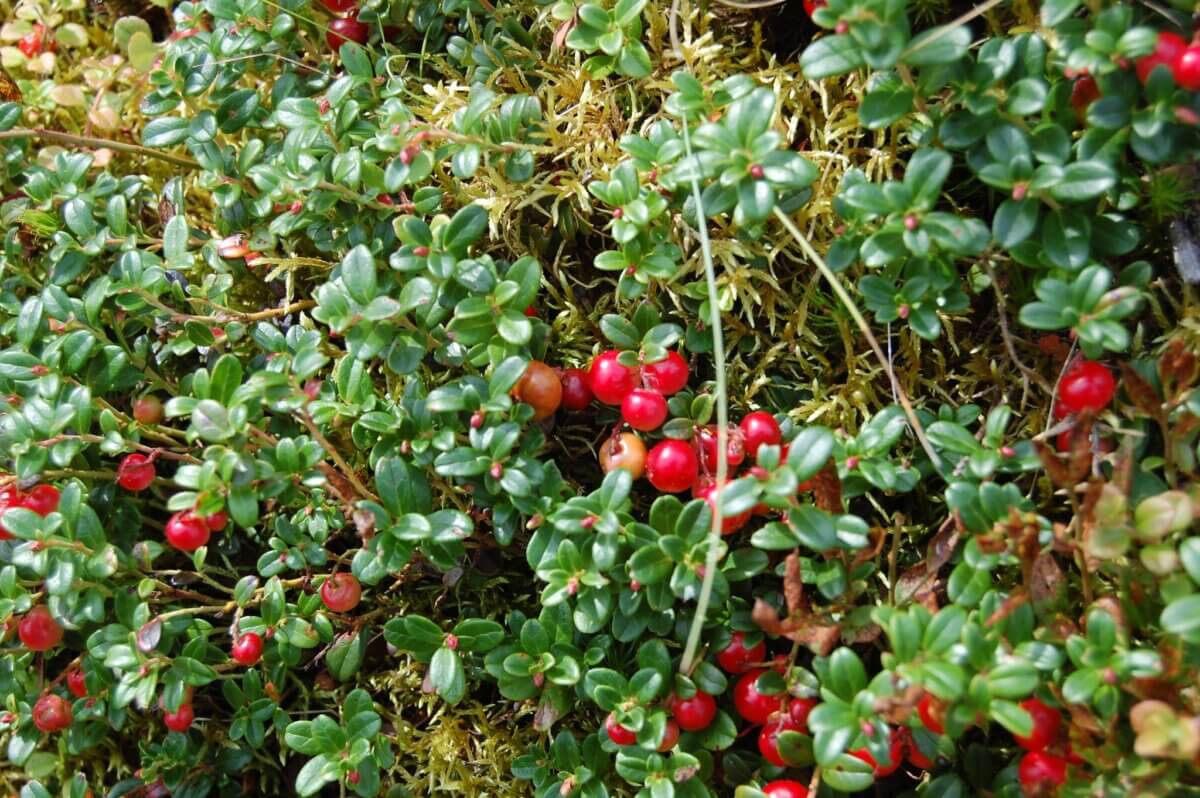
Wild Cranberries grow on the ground sort of like a vine or groundcover. The oval shape, bright red color, and the fact that they grow on the ground make them incredibly easy to identify. They love the cold, too!
Highbush Cranberries
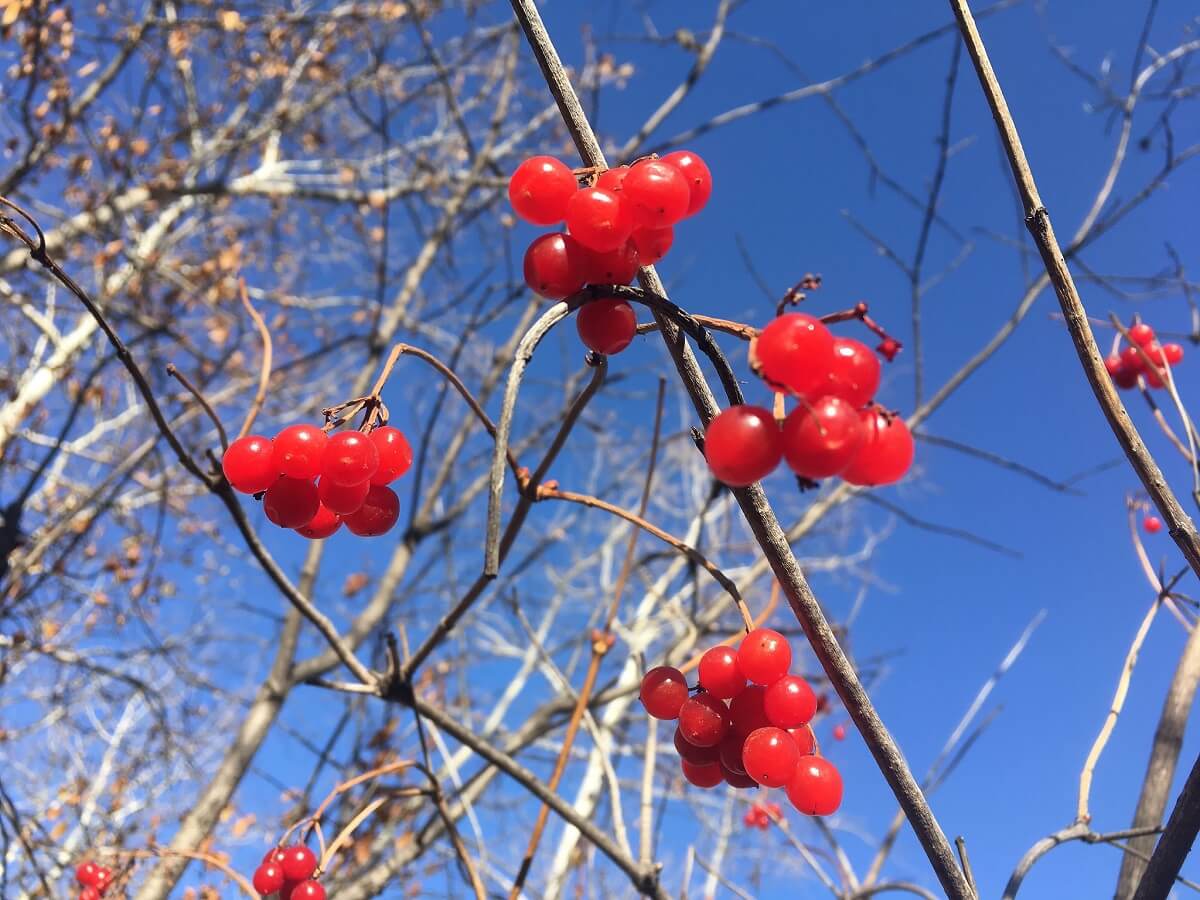
Despite their name, highbush cranberries aren’t really a type of cranberry. Though they look similar and taste much like one another, they are completely different plants. All the same, they’re still delicious and a berry worth foraging for in the winter.
Teaberries
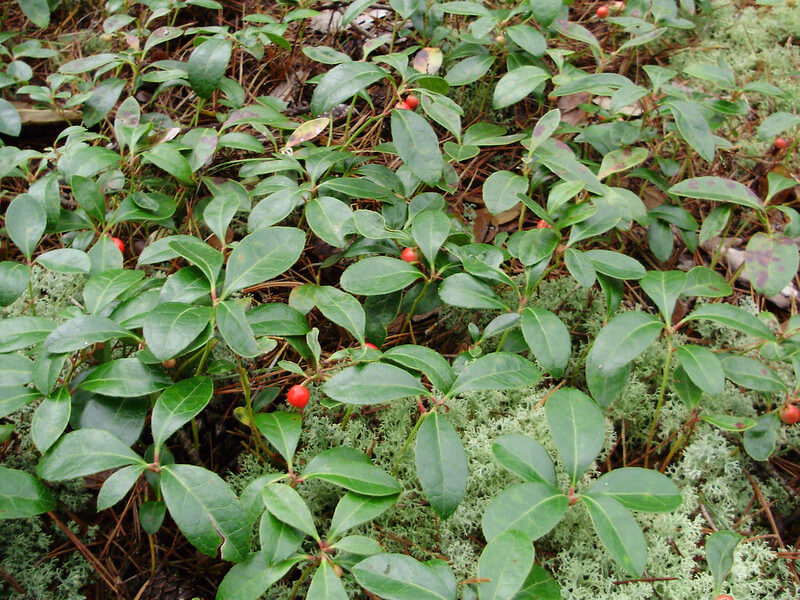
Teaberries (Gaultheria procumbens) are also known as winter green. Even during the cold months, the leaves are bright green with beautiful little berries. Teaberry is a little minty and spicy. It is used to flavor gum.
Wild Grapes
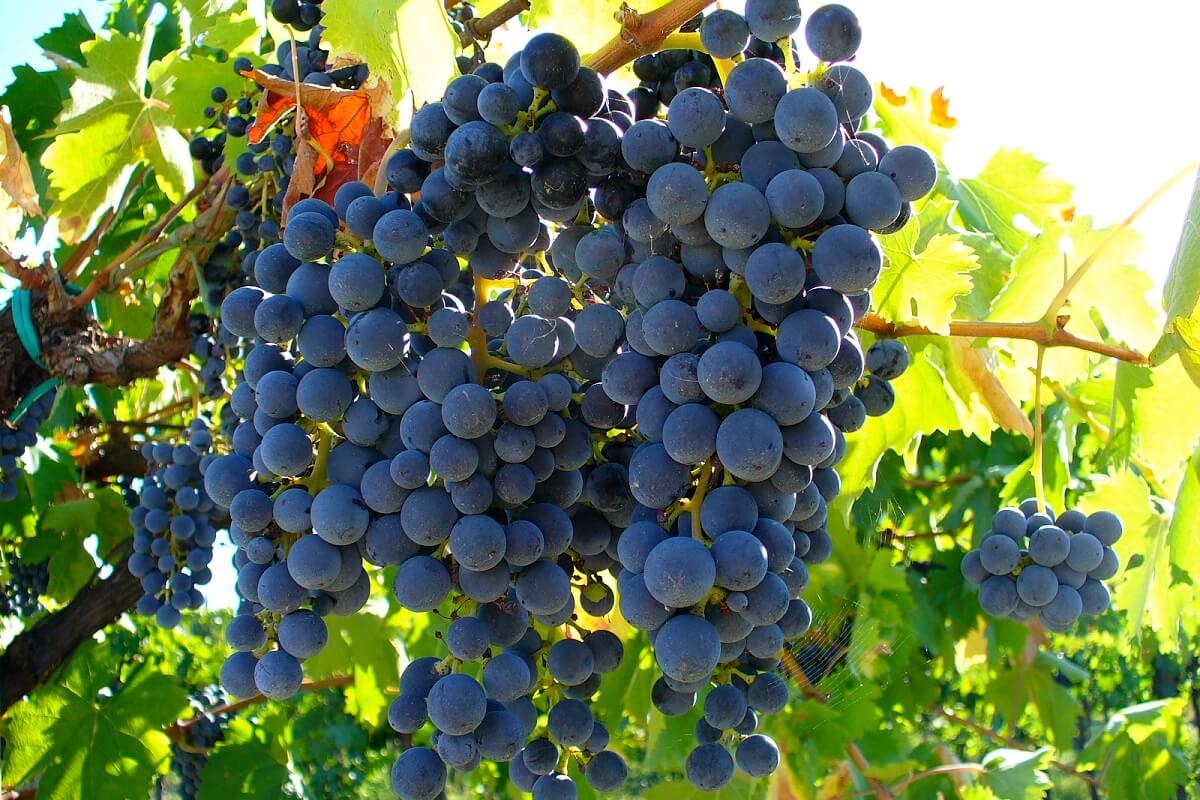
Wild grapes are basically Nature’s freeze-dried raisins. With all the beautiful birds in my area, there usually isn’t a grape left to be found — which I’m okay with so long as the birds get to practice their winter foraging.
Roots and Mushrooms
Roots and mushrooms are not typically thought of as forageable and edible during the winter months, but that’s just not true! There are several cold-hardy roots and a few different mushrooms you can still find for winter foraging.
Roots
- Wild carrot aka Queen Anne’s Lace
- Burdock root
- Cattail roots
- Chicory root
- Parsnips
- Thistle roots
- Elecampane
- Jerusalem artichokes
Mushrooms
- Turkey tail mushrooms
- Oyster mushrooms
- Chaga mushrooms
- Witch’s butter mushrooms
- Birch polypore
- Tinder polypore
Tree Bark and Sap
I’m sure many of you already know about the sap producing trees and how they are tapped during the winter months. That said, there are a couple of different barks used in the culinary realm — to make flour. Both pine bark and birch bark make good flour.
Regardless of the season, Mother Nature doesn’t leave us with nothing to eat. There is always something wild, edible, and completely delicious. Is there anything you wild forage that isn’t on the list? We’d love to hear about it and your experience with winter foraging in the comments below.


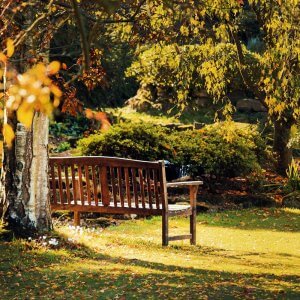

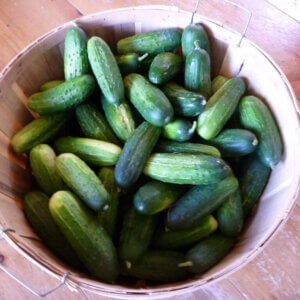
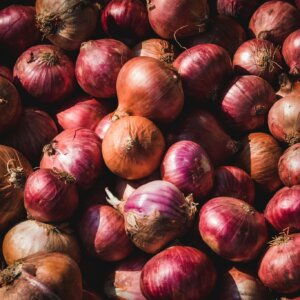



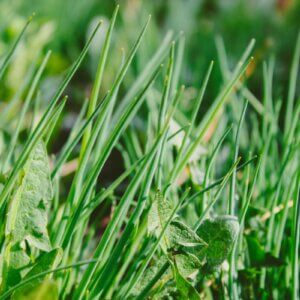

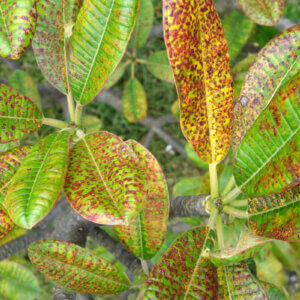



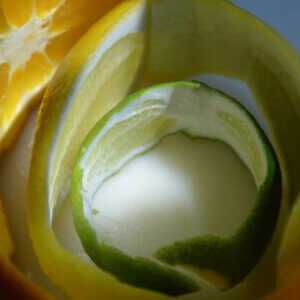

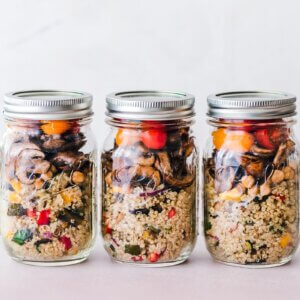

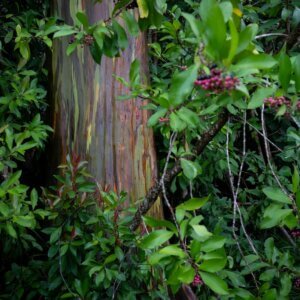
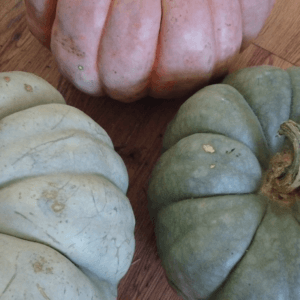
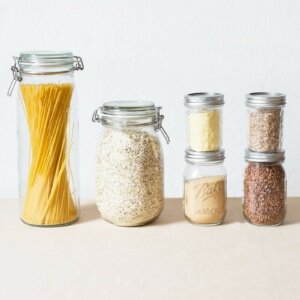
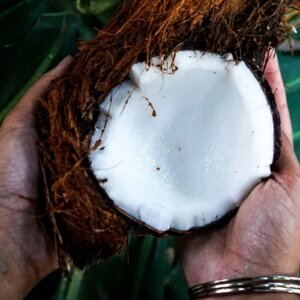


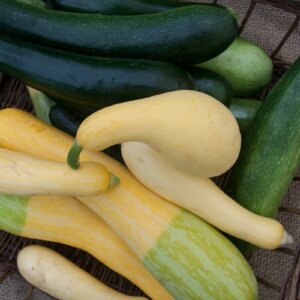



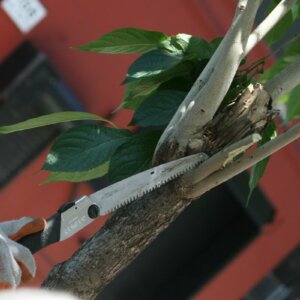

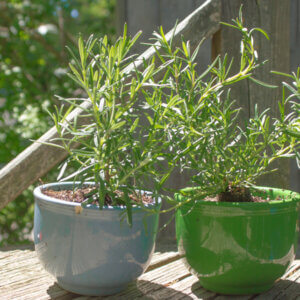
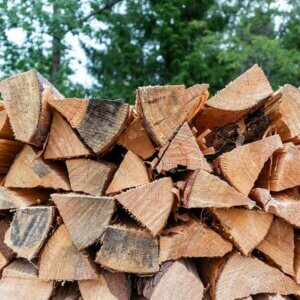


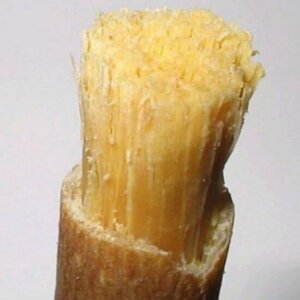



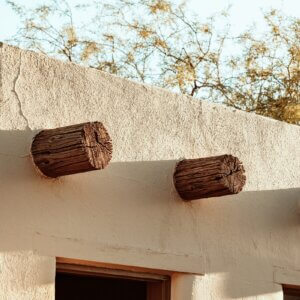

As always, great info to know. I didn’t know about the Goosefoot , and I have a bunch on my land. Didn’t know what they were until now- so thanks!
‘
I also didn’t know that my Highbush Cranberries aren’t Cranberries. Hmmmm Tasty though.
Thanks for all you do!
It is always a pleasure to share knowledge. Wild food is incredible!! And, to know what’s available during the winter is beyond a blessing!